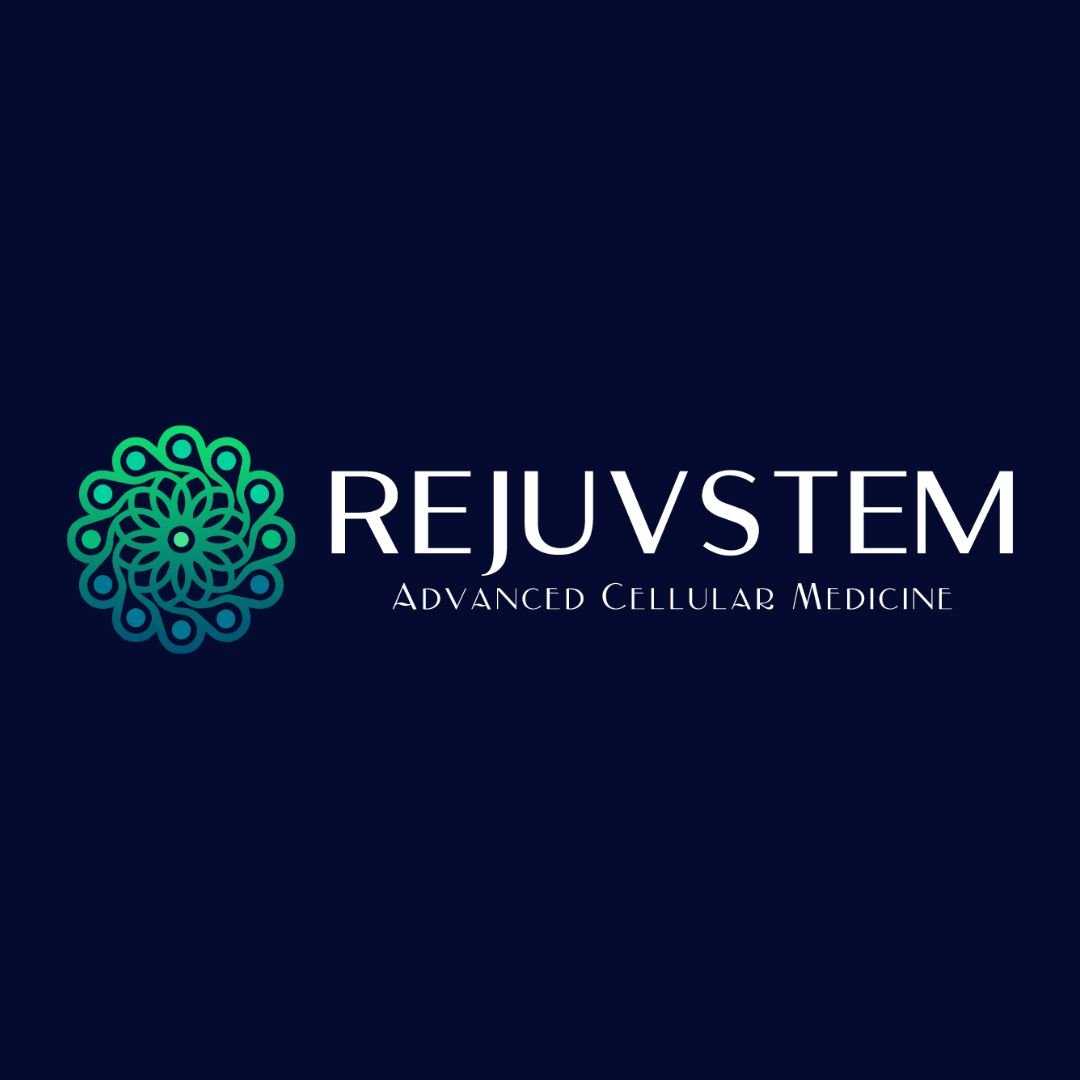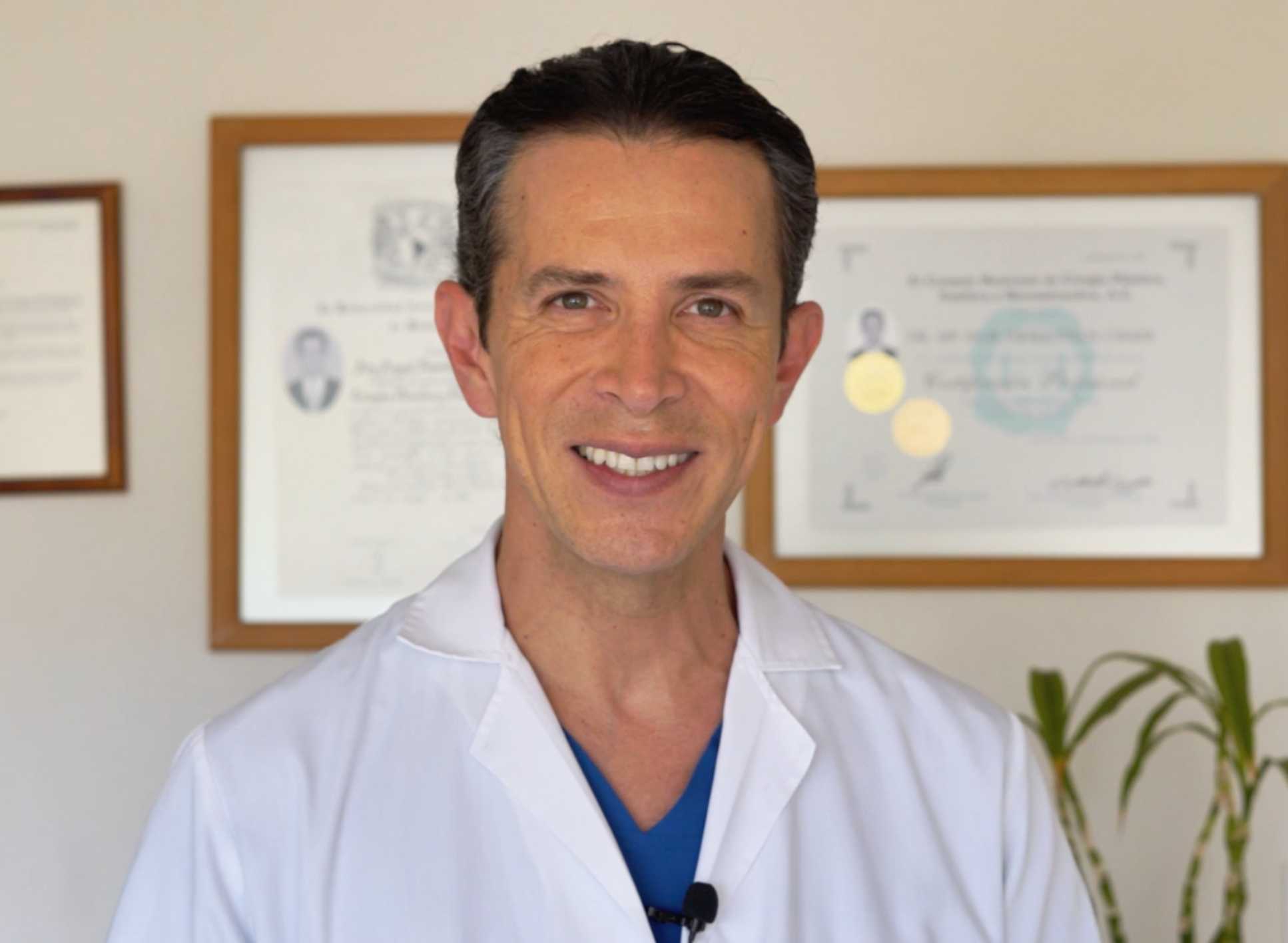
Choosing the right location for stem cell therapy is one of the most critical decisions a patient can make. The United States and Mexico represent two distinct approaches to regenerative medicine, each with its own regulatory landscape, cost structure, and treatment philosophy. This comprehensive guide provides a detailed comparison to empower you with the knowledge needed to navigate your options and select the path that best aligns with your health goals, budget, and personal circumstances.
USA vs. Mexico for Stem Cell Therapy: A Fundamental Choice
The primary difference lies in regulation. The USA, under the stringent oversight of the Food and Drug Administration (FDA), has a very limited number of approved stem cell treatments, with most advanced therapies only accessible through rigorous clinical trials. This ensures a high standard of safety and verifiable data but restricts access for many.
In contrast, Mexico's regulatory body, COFEPRIS, allows for a broader application of stem cell therapies, particularly using mesenchymal stem cells (MSCs) from sources like umbilical cord tissue. This makes a wider range of treatments for orthopedic, autoimmune, and degenerative conditions available to the public, often at a significantly lower cost.
Stem Cell Therapy: USA vs. Mexico at a Glance
| Feature | USA | Mexico |
|---|---|---|
| Average Cost | $15,000 - $50,000+ USD | $4,000 - $16,000 USD |
| Regulatory Body | FDA (Food and Drug Administration) | COFEPRIS |
| Treatment Availability | Highly restricted; mainly clinical trials | Broad availability for many conditions |
| Common Cell Source | Bone marrow/Adipose (Autologous) | Umbilical Cord Tissue (Allogeneic MSCs) |
| Legal Status | Only FDA-approved therapies are legal | Legal under COFEPRIS license |
| Clinic Accreditation | Joint Commission, FACT | COFEPRIS license, some JCI |
| Insurance Coverage | Rarely covered unless FDA-approved | Generally not covered |
| Wait Times | Can be long for clinical trials | Generally short |
| Research Focus | Phase I-III clinical trials for FDA approval | Clinical application and patient outcomes |
| Travel Logistics | Domestic travel | International travel, often seamless |
USA vs. Mexico: A Deep Dive into Key Capabilities
USA: The Gold Standard in Research and Safety
The United States is the global leader in biomedical research. The FDA's rigorous, multi-phase clinical trial system is designed to ensure the absolute highest levels of safety and efficacy before a treatment becomes widely available. This means that any FDA-approved stem cell therapy is backed by extensive scientific data.
Key capabilities include access to world-renowned research institutions, cutting-edge laboratory technologies, and a highly regulated environment that minimizes risks. For patients who qualify for clinical trials, the USA offers access to the future of medicine under strict safety protocols.
Mexico: Accessibility, Affordability, and Application
Mexico's strength lies in its ability to bridge the gap between research and patient care. Under COFEPRIS, licensed clinics can offer therapies that have shown promise in global studies but are not yet through the lengthy FDA approval pipeline. This is particularly true for treatments using allogeneic mesenchymal stem cells (MSCs).
This approach makes regenerative medicine accessible for a wide range of conditions, from knee arthritis and back pain to autoimmune disorders. The country's well-established medical tourism infrastructure, combined with costs that are 60-80% lower than in the US, makes it a pragmatic choice for many international patients.
Stem Cell Therapy in the USA: Pros and Cons
Pros
- Highest Safety Standards: FDA oversight ensures rigorous safety protocols and data collection.
- Backed by Research: Approved treatments are supported by extensive, peer-reviewed clinical trial data.
- Leading Experts: Home to many of the world's top researchers and regenerative medicine specialists.
- No International Travel: Convenient for US residents, with no passport or visa concerns.
Cons
- Extremely Limited Access: Very few approved treatments; most are only available via restrictive clinical trials.
- Prohibitively High Cost: Costs can be exorbitant and are rarely covered by insurance.
- Long Wait Times: Gaining entry into a clinical trial can be a long and uncertain process.
- Less Treatment Flexibility: Protocols are rigid and cannot be easily tailored to individual patient needs.
Stem Cell Therapy in Mexico: Pros and Cons
Pros
- Greater Accessibility: A much wider range of therapies are available for numerous conditions.
- Significant Cost Savings: Treatments are often 60-80% less expensive than in the USA.
- Use of Potent Cells: Widespread use of young, vibrant allogeneic MSCs from umbilical cord tissue.
- Experienced Medical Tourism Hubs: Clinics are adept at catering to international patients, ensuring a smooth experience.
Cons
- Variable Clinic Quality: It is crucial to vet clinics thoroughly to ensure they are licensed and follow best practices.
- Less Long-Term Data: While safe, many treatments lack the extensive long-term efficacy data required by the FDA.
- International Travel Required: Requires a passport and travel, though logistics are often simple.
- Out-of-Pocket Expense: Like the US, treatments are not covered by insurance.
Real Patient Stories and Experiences
Michael R., USA (Treated in Mexico)
"After two knee surgeries, I was told a full replacement was my only option. I wasn't ready for that. I went to a clinic in Cancun for stem cell therapy. The process was professional, the facility was spotless, and six months later, I'm hiking with minimal pain. It gave me my life back at a price I could actually afford."
Linda S., USA (Treated in USA)
"I was fortunate enough to be accepted into an FDA clinical trial for my Crohn's disease. It was a long process with a lot of screening, but the level of care was incredible. The team monitored everything. While it's not a cure, my symptoms have been in remission for over a year. I feel like I have a new lease on life."
David Chen, Canada (Treated in Mexico)
"My rheumatoid arthritis was getting worse, and the medications had terrible side effects. I researched clinics in Mexico extensively and chose one in Monterrey. The doctors were transparent about the potential outcomes. The IV stem cell infusion has dramatically reduced my inflammation and morning stiffness. The patient care was exceptional."
Maria Garcia, USA (Treated in Mexico)
"I took my son, who has autism, for treatment in Tijuana. We were nervous, but the staff was so compassionate. They explained the entire procedure. We've seen noticeable improvements in his communication and a reduction in repetitive behaviors. For us, it was a decision based on hope, and we are so glad we made it."
Frequently Asked Questions About Stem Cell Therapy
1. Is stem cell therapy in Mexico safe and legal?
Yes, when performed at a reputable clinic. Stem cell therapy is legal and regulated by Mexico's health authority, COFEPRIS. It is vital to choose a clinic that holds the proper licenses and adheres to strict safety and quality protocols for cell processing and administration.
2. Why is it so much cheaper in Mexico?
The lower cost is due to factors like lower operational expenses, a favorable currency exchange rate, and a different regulatory structure that doesn't require the multi-billion dollar investment needed for FDA approval. It is not a reflection of lower quality care in licensed facilities.
3. What conditions are commonly treated in Mexico?
Clinics in Mexico treat a wide range of conditions, including orthopedic injuries (knees, shoulders, back), autoimmune diseases (rheumatoid arthritis, multiple sclerosis, lupus), neurodegenerative disorders (Parkinson's, Alzheimer's), and anti-aging/wellness protocols.
4. What are Mesenchymal Stem Cells (MSCs)?
MSCs are adult stem cells that can be isolated from sources like umbilical cord tissue, bone marrow, or fat. They are known for their powerful anti-inflammatory, immune-modulating, and regenerative properties, making them ideal for therapeutic use.
5. How do I choose a good clinic in Mexico?
Look for clinics that are transparent about their licensing (COFEPRIS), cell sourcing, and treatment protocols. They should provide clear pricing, have qualified medical specialists, and be willing to share anonymized patient outcome data. Working with a trusted medical tourism partner can help vet clinics for you.
6. What are the risks involved?
The primary risks, as with any medical procedure, are infection at the injection site and, rarely, an adverse reaction. Using a licensed clinic that follows sterile procedures and uses properly screened cells minimizes these risks significantly. The use of immune-privileged MSCs from umbilical cords has a very low risk of rejection.
7. How long do I need to stay in Mexico for treatment?
Most treatment protocols require a stay of 3 to 7 days. This allows for an initial consultation, the treatment itself, a brief recovery and observation period, and a follow-up appointment before you travel home.
8. Will I see results immediately?
It varies. Some patients feel improvements in inflammation and pain within weeks. However, the regenerative process is gradual. The most significant results often develop over 3 to 6 months as the stem cells work to repair and modulate the tissue environment.
9. Do I need to speak Spanish?
No. Reputable clinics that cater to international patients have English-speaking doctors, patient coordinators, and staff to ensure clear communication throughout your entire experience.
10. What kind of follow-up care is provided?
Top clinics provide detailed post-treatment instructions and remain available for remote consultations. They will communicate with your primary care doctor back home and provide all necessary medical records from your treatment.
Your Regenerative Journey Begins with an Informed Choice
Deciding between the rigorous, research-focused environment of the USA and the accessible, application-driven approach of Mexico is a significant step. Your unique health condition, financial situation, and personal comfort level will all play a role in this decision. At PlacidWay, we are committed to providing clarity and transparency.
Our team can help you connect with a global network of pre-vetted, leading stem cell therapy clinics in Mexico and other world-class destinations. We facilitate access to detailed treatment packages, transparent pricing, and direct consultations with specialists to answer your specific questions.

.png)




.jpg)









Share this listing